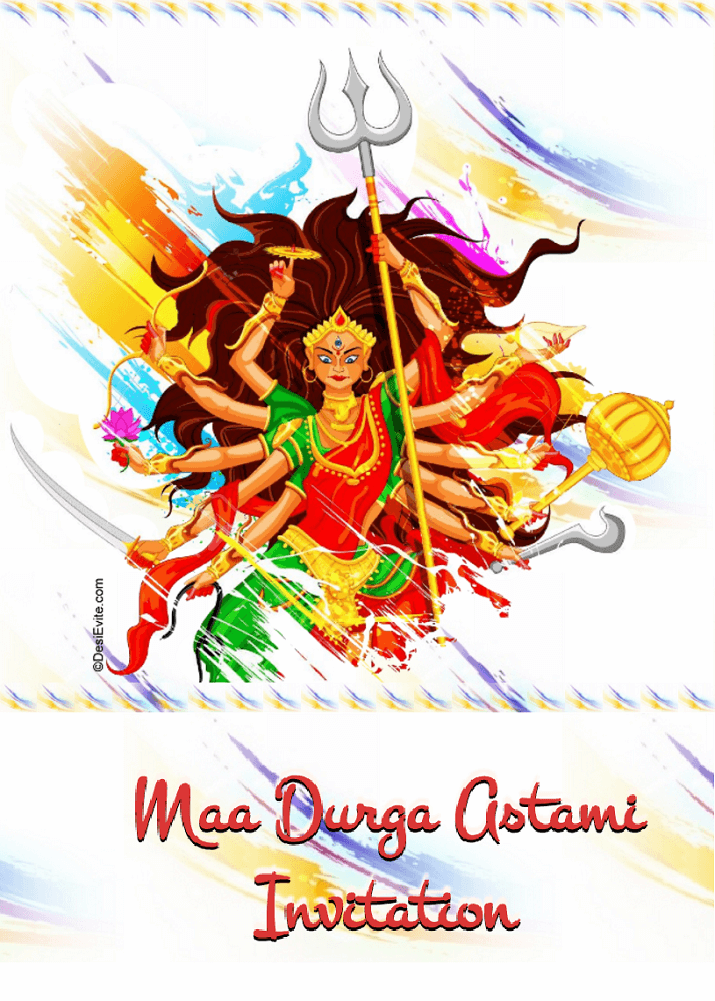Monday, October 26, 2015 | 7:43:00 AM
“Dussehra &/OR Vijayadashami”
Dussehra is a very important festival of India and for Hindus all over the World. It signifies the win over evil by the God.
Dussehra is derived from Sanskrit conjoint word “Dusha(ten-headed)-hara (overthrow),” which literally means the ten-faced evil Lankan King Ravana’s defeat on this day.
The whole mythology behind this signifies of the most eventful day in the whole of the Indian religious epic of Ramayana, when Lord Ram is finally able to kill Ravan on this very day to get his beloved wife Sita from Ravan’s trap.
The day also goes synchronous with another much older Hindu mythological event of ‘Vijayadashami.’ Along with the end of Navaratri, this period likewise, has the significance of the number 10 at this phase going along with the Hindu calendar; thus, leading to the same kind of festive environment annually nevertheless, adding more versatility in aesthetics and ritual processes while doing celebrations. Consequently, Vijayadashami signifies the victory of the Goddess Durga over the demon called Mahishasur on her continuous fight with him that went nine nights and ten days until Mahishasur got completely annihilated on the tenth day by Durga. Vijayadashami is also derived from the joining of the two Sanskrit words “Vijaya (win) – dashami (the tenth day),” that literally means Durga’s win over Mahishasur on the tenth lunar day of the Hindu calendar month.
It is also important to know that it is the day of the Dussehra (or Vijayadashami) that dictates the day of the Diwali celebrations (the festival of Lights) each year which, has to always fall 20 days after this event for celebrating Lord Ram’s and his wife Sita’s successful return to his hometown Ayodhya after killing Ravan and living in exile for 14 years!
Dussehra does encompasses the nine nights of Navaratri and is also known by other names like Durgotsav, Durga Puja etc or just Dushami for the tenth day. During this period the large pandals and stages are made for clay statues of Shakti fighting the demon and for playing stage shows on Ramlila respectively all over India but, especially in the north central and east India. There are fetes, fairs, stage shows, circus, and carnivals done in open fields all over India till Vijayadashami. On Vijayadashami, all the Navaratri celebrations are brought to end with visarjan or immersion of Durga murtis/idols into water bodies like lake, river or sea and the burning of big effigies filled with crackers of Ravan and his two brothers Kumbhkaran and Meghnath just at dusk with the last procession of Ramlila. People enjoy this day in huge numbers, congregation and enthusiasm with every member of the family involved in it and the day signifies the beginning of new hope, freedom and fortune for everyone. The day of Vijayadashami marks a new and prosperous start, for which, all the works and prayers done during Navratri, manifests its ultimate colours into complete delight. People start new ventures, expertise and expeditions on this very day with the belief that their endeavours will flourish and bring prosperity to them for years to come. Children start education on this day to have a head start in their formal schooling. Everyone is in state of great joy, curiosity and energy!!
Posted By


